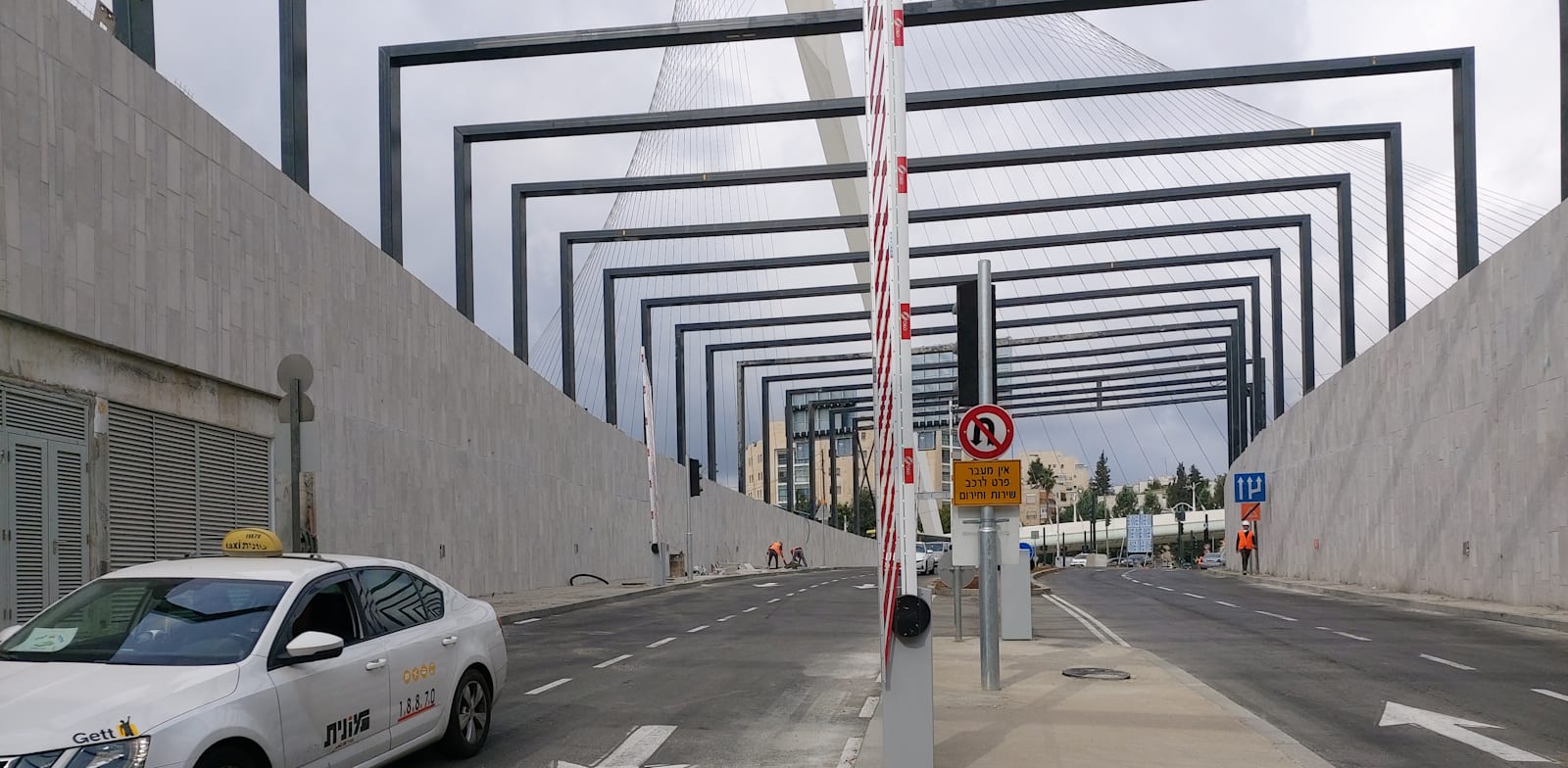Jerusalem, a city steeped in ancient history and spiritual significance, recently added another modern marvel to its expansive tapestry: the Shazar Tunnel. This impressive engineering feat at the western entrance to the city was inaugurated on the eve of the Sukkot holiday.
As with any great project, behind the physical structure are fascinating stories and details. Here are some intriguing facts about this recently opened tunnel that many might not be aware of:
1. Length and location
The Shazar Tunnel spans an impressive 730 metres, bridging the gap between the iconic Bridge of Chords and the junction of Agrippas Street and Ben Zvi Street. This placement ensures the seamless flow of traffic from the city’s entrance right into its heart.
2. Replaces an above-ground road
Before the tunnel, vehicles utilised an above-ground road, which was closed over four years ago. This shift to an underground passage aims to decongest the city’s busy streets, offering smoother rides for commuters.
3. Cost and collaboration
The project, including the tunnel and the soon-to-be-completed underground car park, comes with a hefty price tag. A whopping NIS 1.3 billion was invested by the Ministry of Transport and Jerusalem Municipality, underscoring their commitment to improving city infrastructure.
4. Geotechnical monitoring
Gabi Shoef, a geotechnical specialist, was selected for a crucial task: to monitor the road and nearby buildings above the tunnel during its construction. Massive monitoring using ATS systems occurred throughout the entire mining period, ensuring that the structures above remained safe and stable.
5. Tunnel depth
At its deepest point, the Jerusalem’s Shazar Tunnel plunges 30 metres below ground. To put this into perspective, it is about the height of a ten-story building.
6. Supporting the business district
Above the tunnel is a new business district in the making. The tunnel will play a pivotal role in serving this district, ensuring that professionals and visitors have easy access to the city’s latest commercial hub.
7. Parking facilities
Beneath the tunnel, construction continues on a five-floor underground car park that will house 1,300 vehicles. Slated for completion in 2025, this parking space will cater to the needs of those frequenting the new business district, the Central Bus Station, the railway station, and light rail lines.
8. Traffic diversion and impact
With Shazar Boulevard’s previous closure, cars were rerouted to already congested roads like Herzl Boulevard and Yitzhak Rabin Boulevard. The opening of this tunnel promises to alleviate some of that past congestion.
9. Link with other projects
The Jerusalem’s Shazar Tunnel is not the only significant transportation project in the city. There’s also Route 16, set to branch off from Route 1 and cut through the mountains, promising further traffic relief in the future.
10. The name – Shazar
While many might traverse the tunnel without giving its name a second thought, it is named after Zalman Shazar, the third president of Israel. It is a nod to the city’s practice of honouring significant figures through infrastructure.
READ ALSO: French Hill tunnels project in Jerusalem to be complete in 2023
The Shazar Tunnel is more than just a passage; it is a testament to Jerusalem’s forward-thinking approach to blending modern infrastructure with its ancient roots. As the city continues to evolve, projects like these ensure that its future remains as illustrious as its storied past.

Leave a Reply